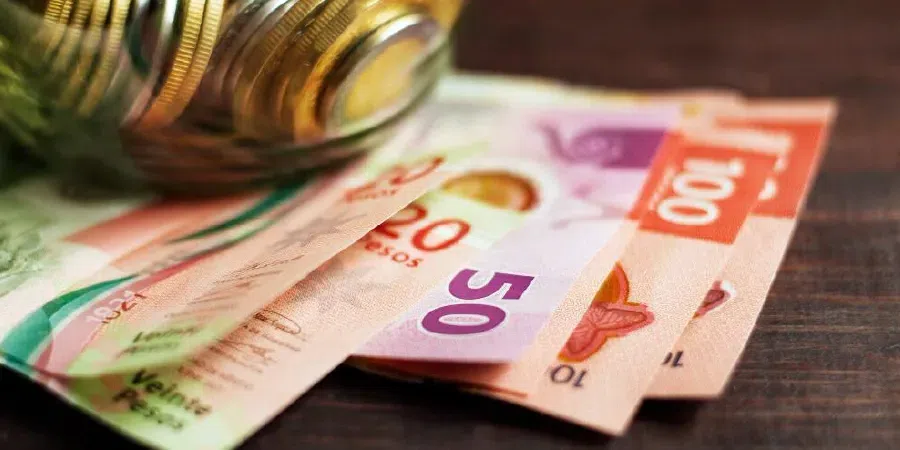In a continent marked by financial challenges and foreign money fluctuations, one foreign money continues to defy the percentages, standing agency, robust, and unmatched: the Tunisian Dinar.
As of 2025, the Tunisian Dinar (TND) holds its ground as Africa’s strongest currency, buying and selling at roughly 2.87 TND to 1 USD.
This spectacular feat by the North African nation is a testomony to its disciplined fiscal insurance policies, resilient financial system, and strategic international positioning.
Tunisia’s financial journey started lengthy earlier than independence, with the nation experiencing numerous foreign money programs underneath completely different rulers.
Throughout the Ottoman interval (1574-1881), Tunisia used Ottoman foreign money alongside native cash.
MUST READ: Top 10 countries with the largest prison populations in the world
The French protectorate period (1881-1956) launched the French franc because the official foreign money, integrating Tunisia into the French financial system.
Beginning of the Impartial Forex
The Tunisian Dinar was formally established on October 29, 1958, simply two years after Tunisia gained independence from France in 1956.
This transition marked a vital step in establishing Tunisia’s financial sovereignty. The brand new foreign money changed the French franc at a fee of 1,000 francs to 1 dinar, instantly establishing the dinar as a comparatively robust foreign money.
READ ALSO: Shortest prison sentences in history: From minutes to mercy
The selection of the identify “dinar” was symbolic, connecting Tunisia to its historical heritage, because the phrase derives from the Roman “denarius” and had historic significance in Islamic financial programs.
This determination mirrored Tunisia’s want to ascertain a foreign money that honoured each its Mediterranean and Arab-Islamic identification.
Early Challenges and Stabilisation
The primary decade of the Tunisian Dinar’s existence was marked by cautious financial administration underneath President Habib Bourguiba’s administration.
The federal government carried out insurance policies aimed toward sustaining foreign money stability whereas constructing the foundations of a contemporary financial system. Key early measures included:
-
Establishing the Central Financial institution of Tunisia (BCT) in 1958 to handle financial coverage
-
Implementing international alternate controls to stop capital flight
READ MORE: Top 15 strongest currencies in Africa in 2025
-
Growing home industries to cut back import dependence
-
Constructing robust commerce relationships with former colonial energy France and different European nations
Elements Contributing to the Dinar’s Energy
1. Strategic Financial Insurance policies
Tunisia’s method to financial administration has been characterised by pragmatism and long-term pondering. The nation has constantly pursued insurance policies that prioritise stability over fast development, which has served the dinar properly:
Managed Inflation: Tunisia has maintained comparatively low inflation charges in comparison with many African international locations. The Central Financial institution of Tunisia has carried out efficient financial insurance policies that hold worth ranges secure, preserving the buying energy of the dinar.
READ THIS: 10 strongest militaries in the world in 2025
Fiscal Self-discipline: Regardless of dealing with numerous financial challenges, Tunisia has typically prevented the acute fiscal deficits which have weakened different African currencies. The federal government has carried out structural adjustment applications and financial reforms which have enhanced fiscal sustainability.
International Change Administration: Tunisia operates a managed float system for its foreign money, permitting the Central Financial institution to intervene in international alternate markets when obligatory to stop extreme volatility.
2. Diversified Financial Base
Not like many African international locations that rely closely on a single commodity, Tunisia has developed a comparatively diversified financial system:
Manufacturing Sector: Tunisia has constructed a considerable manufacturing base, notably in textiles, automotive elements, and electronics. This manufacturing capability generates export revenues and supplies employment, contributing to financial stability.
Providers Trade: The nation has developed robust service sectors, together with tourism, monetary companies, and telecommunications. Tourism, specifically, has been a significant supply of international foreign money earnings.
READ FURTHER: 10 largest military bases in the world
Agricultural Manufacturing: Tunisia produces numerous agricultural merchandise, together with olive oil (the place it ranks among the many world’s high producers), citrus fruits, and grains. This agricultural variety supplies meals safety and export alternatives.
3. Geographic Benefits
Tunisia’s location on the crossroads of Africa, Europe, and the Center East has supplied important financial benefits:
European Market Entry: Tunisia’s proximity to Europe and preferential commerce agreements with the European Union have facilitated robust commerce relationships. The nation advantages from comparatively low transportation prices when exporting to European markets.
Mediterranean Place: The nation’s Mediterranean shoreline helps each tourism and commerce, with main ports facilitating commerce with Europe and different Mediterranean nations.
READ ALSO: 10 food combinations you should never eat for better health
Regional Hub: Tunisia serves as a gateway between North Africa and Sub-Saharan Africa, benefiting from commerce flows between these areas.
4. Sound Monetary System
Tunisia has developed a comparatively subtle monetary system that helps foreign money stability:
Banking Sector: The nation has a well-regulated banking system with each home and worldwide banks working inside established regulatory frameworks.
Capital Markets: Tunisia has developed capital markets that facilitate funding and supply different financing sources for companies and authorities.
Regulatory Framework: Sturdy monetary laws assist keep confidence within the monetary system and, by extension, the foreign money.
5. Political Stability and Institutional Framework
Regardless of experiencing the Arab Spring and subsequent political transitions, Tunisia has maintained relative political stability in comparison with lots of its neighbours:
Democratic Transition: Tunisia’s profitable transition to democracy following the 2011 revolution has enhanced worldwide confidence within the nation’s long-term stability.
